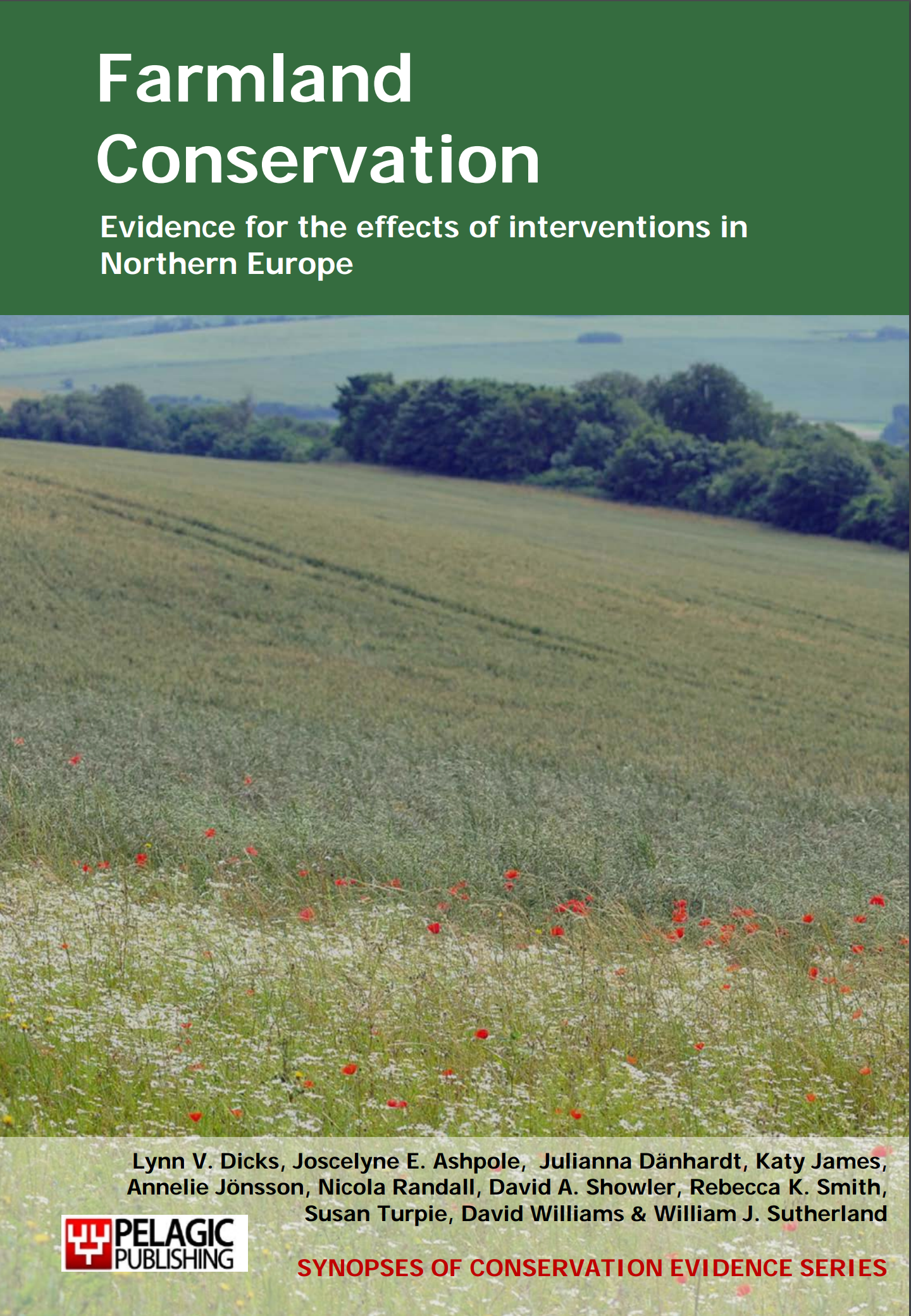Manage heather, gorse or grass by burning
-
Overall effectiveness category Awaiting assessment
-
Number of studies: 2
View assessment score
Hide assessment score
How is the evidence assessed?
-
Effectiveness
not assessed -
Certainty
not assessed -
Harms
not assessed
Study locations
Supporting evidence from individual studies
A long-term replicated controlled trial from 1978 to 1993 in the Jura Mountains, Switzerland (Ryser et al. 1995), found calcareous grassland plots that were burned annually in February or March had fewer plant species after 13-15 years than plots cut annually or every second year (in October or July). Burned plots had 50 plant species/40 m2, and 31 species/m2 on average, compared to 53 species/40 m2 and 37 species/m2 on average in plots cut every year or two years. Burned plots did not have significantly more plant species than abandoned control plots with no management. Burning also changed the species composition, reducing the cover of one of the three most abundant species, meadow brome Bromus erectus, from around 40% in July-mown plots to around 10%. There were three replicate 50 m2 plots for each treatment, and the experimental management regimes were carried out from 1978 to 1993. The percentage cover of plant species was estimated in 40 m2 and 1 m2 sample areas in each plot, in the last week of June 1991 and 1993.
Study and other actions testedA replicated, controlled trial in Northern Ireland (McEvoy et al. 2006) found that heather moorland plots subject to burning in 1996 had more plant species in 2004, eight years after management, than control unmanaged plots. Burned plots had 28 species/site on average (average of 15 moss and liverwort species), and control plots had 24 species/site (10 moss and liverwort species). One year after the management, in 1997, both burned and control plots had had 22 plant species (8-10 moss and liverwort species) on average. The cover by mosses and liverworts increased significantly between 1997 and 2004 on burned sites (numbers not given). Burned sites had higher cover of heather in 2004 than six flailed sites in the same study (about 35% compared to 30% heather Calluna vulgaris cover). Eight sites burned in 1996 to stimulate heather regeneration were surveyed in 1997 and again in 2004. Plants were surveyed in four 4 m2 quadrats per site. Adjacent unburned control areas were surveyed at each site.
Study and other actions tested
Where has this evidence come from?
List of journals searched by synopsis
All the journals searched for all synopses
This Action forms part of the Action Synopsis:
Farmland Conservation
Farmland Conservation - Published 2013
Farmland Synopsis





)_2023.JPG)














